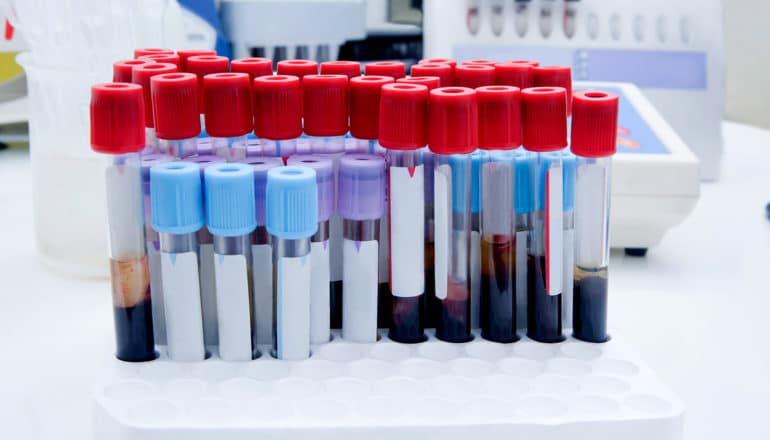
Teenagers and young adults treated for acute myeloid leukemia (AML) have a high risk of developing a variety of long-term health complications, a new study shows.
The most common complications among these cancer survivors (ages 15–39) include cardiovascular, endocrine, and respiratory diseases. The complications—known as late effects—were more present among non-white patients and those living in more deprived neighborhoods, researchers say.
“Our study shed light on the high burden of late effects among young survivors of AML,” says lead author Renata Abrahão, a postdoctoral fellow at the University of California, Davis, Comprehensive Cancer Center and the Center for Healthcare Policy and Research.
According to the American Cancer Society, around 20,000 people will receive an acute myeloid leukemia diagnosis in 2020 in the US alone. With AML, the myeloid cells produced inside the bone marrow grow abnormally. The main treatment for most types of AML is chemotherapy. In some cases, a stem cell transplant may follow chemo.
For the study, published in the International Journal of Epidemiology, researchers used comprehensive information from 1,168 adolescent and young adult (AYA) patients with AML. These patient cases were reported to the California Cancer Registry from all non-federal hospitals in California between 1996 and 2012.
The researchers found that after 10 years of AML diagnosis, some patients developed an endocrine disease (26%), a cardiovascular disease (19%), and a respiratory disease (7%). Other less frequent late effects included serious illnesses such as another cancer. The study found that survivors who underwent bone marrow transplant were at least twice as likely to experience most of the late effects.
Hispanic, Black, and Asian/Pacific Islander survivors had a higher risk of many of the late effect diseases. Survivors who lived in poorer neighborhoods at the time of AML diagnosis had more of these late effects.
Many factors can lead to the disparities in disease burden, the researchers say. These include differences in therapeutic management, patient’s response to treatment, AML with high-risk mutations, coexisting diseases, and socioeconomic factors.
“This higher risk may relate to the financial hardship that patients with cancer often experience. As a result of cancer, AYA survivors and their families may miss work, experience income loss, and incur substantial out-of-pocket expenses,” says senior author Theresa Keegan, an associate professor at the UC Davis Comprehensive Cancer Center.
AYA patients suffer a higher financial burden compared to younger or older cancer survivors. They may forgo treatment and long-term follow-up visits that could mitigate the impact of late effects. Further, unhealthy lifestyle habits such as smoking, excessive alcohol consumption, lack of exercise, non-protected sun exposure, and poor diet may compound risk.
“Our findings can help clinicians and policymakers develop better survivorship care plans to reduce suffering and death among AYA survivors of AML,” Abrahão says.
Additional coauthors are from the University of California, Irvine; the University of California, San Francisco; Stanford University; and UC Davis. The Rich and Weissman Family Lymphoma and Survivorship Fund, St. Baldrick’s Research Grant, and the Health Resources and Services Administration funded the work.
Source: UC Davis
The post Young AML survivors face long-term health trouble appeared first on Futurity.
from Futurity https://ift.tt/36znwMt
No comments:
Post a Comment